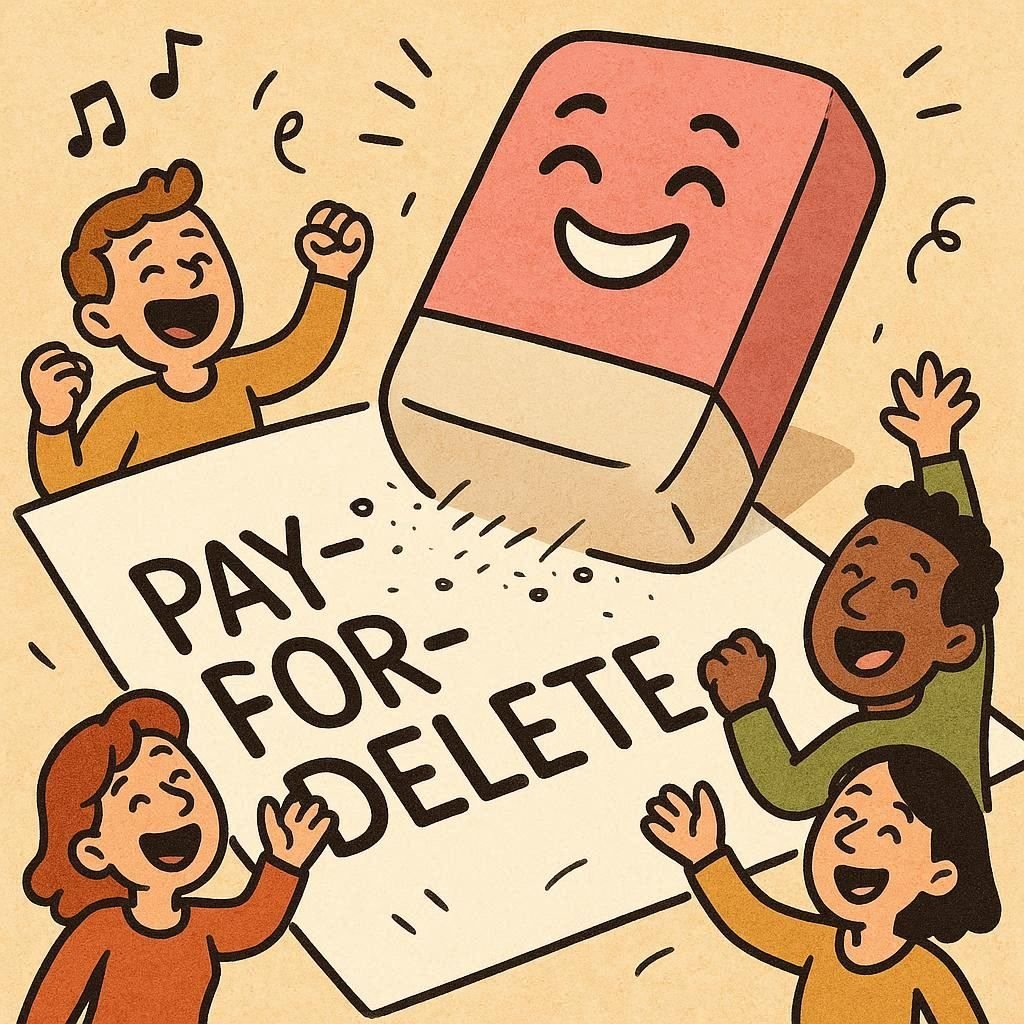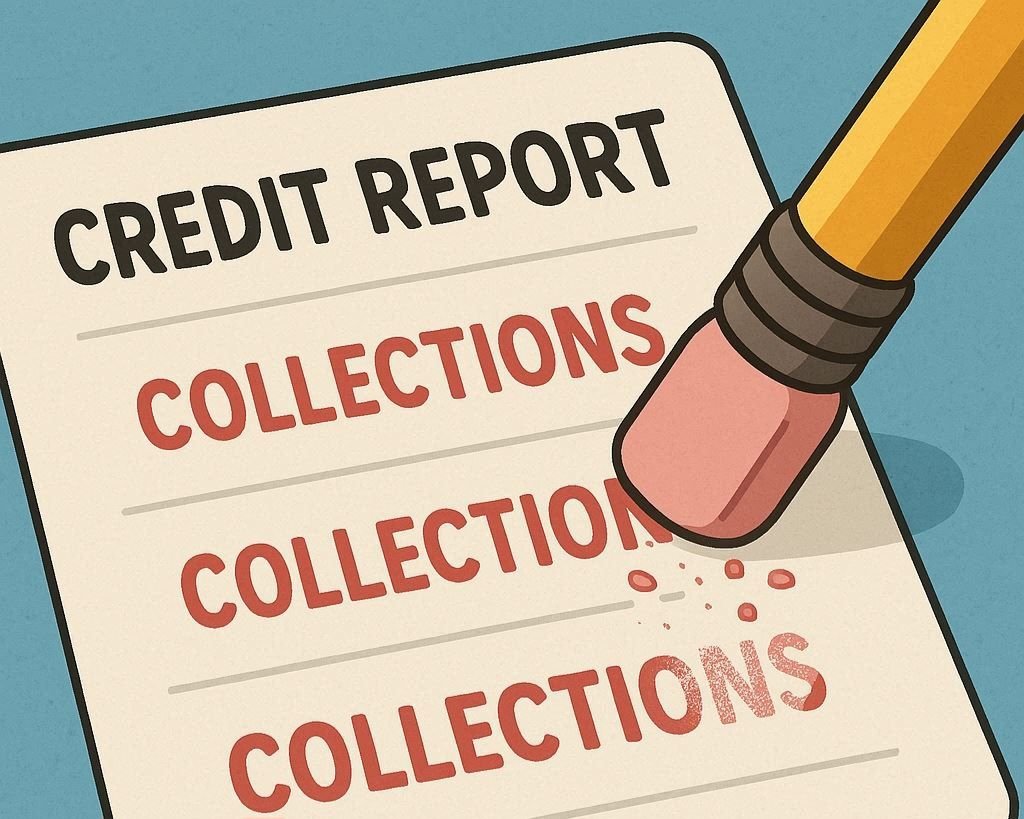A pay-for-delete agreement is a deal you make with a creditor or debt collector where you agree to pay all or part of a debt in exchange for them removing the negative account from your credit report. It’s a controversial tactic in credit repair, and while some people use it to try to quickly boost their credit score, it’s not always guaranteed to work. Understanding how it works, its pros and cons, and the risks involved is key before you try it.
How It Works
Normally, when you owe a debt, it gets reported to the credit bureaus (Experian, Equifax, and TransUnion) and stays on your report for up to seven years. Even if you pay it off, the negative history remains—just with a “paid” status. With a pay-for-delete deal, you ask the creditor or collection agency to completely remove the record in exchange for payment. If they agree and follow through, it’s as if the debt never existed in your credit history.
To make this work, you typically send the creditor or debt collector a written proposal. You clearly state that you are willing to pay the agreed amount, but only if they confirm in writing that they will delete the account from your credit report with all three credit bureaus. This is important because verbal agreements are risky and unenforceable.
Why Creditors Might Agree to It
Debt collectors often buy debts for pennies on the dollar. If you offer to pay a lump sum, especially close to the full balance, it might be worth it for them to agree just to recover money quickly. For original creditors, it’s less common but still possible if they believe it’s the best way to settle the account.
However, not all creditors or collectors will agree. In fact, the major credit bureaus discourage pay-for-delete practices and have policies against it. That’s why the success rate varies—some companies simply refuse to do it, no matter how much you offer.
The Benefits of Pay For Delete
- Potential credit score boost: Removing a collection or charge-off could increase your score, especially if it’s one of the few negatives on your report.
- Cleaner credit history: Lenders looking at your report won’t see the negative account at all.
- Debt resolution: It gives you a way to settle the debt and move forward.
The Risks and Drawbacks
While pay-for-delete might sound like a win-win, it’s not without problems. Here are some risks:
- No guarantee they’ll agree: Many creditors won’t even consider it.
- No guarantee they’ll follow through: Even if they agree, they might not actually delete it. Once they have your money, it can be hard to hold them accountable.
- Ethical and policy issues: The credit reporting system is meant to reflect accurate history, so deleting true negative info can be seen as dishonest by lenders.
- May not help as much as you think: If you have multiple other negative accounts, removing one might not make a big difference.
Best Practices If You Try Pay For Delete
If you decide to pursue a pay-for-delete, follow these steps to improve your chances and protect yourself:
- Get everything in writing: Never rely on a phone conversation. Have them send you a signed agreement stating they will delete the account from all credit bureaus upon payment.
- Negotiate the amount: You can often settle for less than the full balance, but the deletion part should be the main condition.
- Use certified mail: Send your offer via certified mail with a return receipt so you have proof they got it.
- Pay with a trackable method: Use a money order or bank check that shows payment records.
- Follow up with the credit bureaus: After payment, check your credit reports to make sure the account was actually deleted.
Alternatives to Pay For Delete
If pay-for-delete doesn’t work out, there are other ways to improve your credit:
- Goodwill letters: If the account is paid and you’ve been a good customer, sometimes creditors will remove a negative out of goodwill.
- Disputes: If the account has inaccurate information, you can dispute it with the credit bureaus. They must remove it if they can’t verify it.
- Credit building: Focus on paying current accounts on time, reducing balances, and keeping utilization low to naturally improve your score.
- Debt settlement without deletion: Even without deletion, settling a debt can improve your financial standing.
The Bottom Line
Pay-for-delete agreements can be a tempting shortcut to improving your credit score, but they’re not a magic fix. Success depends on whether the creditor is willing to bend the rules, and even then, there’s no absolute guarantee they’ll follow through. If you decide to try it, protect yourself with a written agreement, pay through traceable means, and monitor your credit reports closely afterward.
For a deeper understanding of your rights under the Fair Credit Reporting Act (FCRA), you can read more at the official Federal Trade Commission website. That way, you’ll know exactly what’s allowed and what’s not in the credit reporting world.





